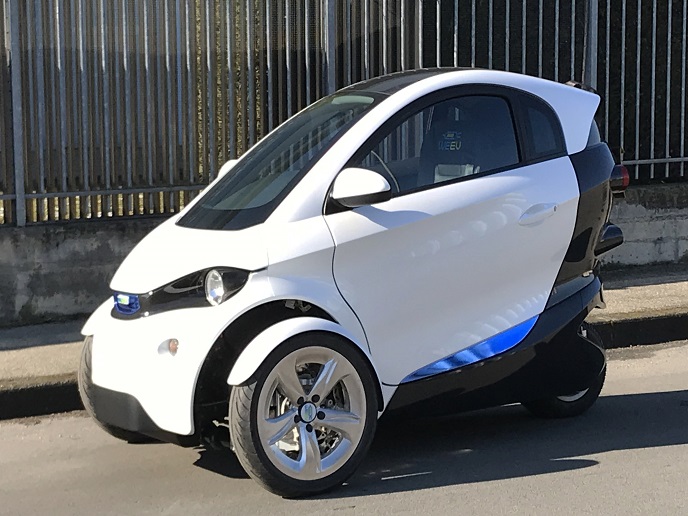Smart, affordable charging solutions accelerate the shift to electric
The EU-funded eCharge4Drivers(opens in new window) project is set to make a big difference for both electric vehicle (EV) users and investors. For users, the project worked to attract a wider range of EV drivers, including those in non-urban areas and individuals without easy access to charging points. “By offering diverse charging options like high-power stations for long trips, mobile charging services, lamp post charging points and battery swapping for light EVs, we sought to make EV adoption more accessible and convenient,” says Angelos Amditis, project coordinator and R&D Director of ICCS at the National Technical University of Athens (NTUA). “Features like plug-and-charge technology will simplify the charging process, while better access to information and improved interoperability across systems will address common concerns, helping more people make the switch to electric,” adds Amditis.
Boosting EV profitability and scalability
For investors, researchers worked on a location planning tool that should help identify the best places for establishing charging stations. “Scalable infrastructure solutions such as battery swapping stations and mobile charging services will lower upfront costs while delivering fast, reliable charging solutions,” notes Vasilis Sourlas, a project member and senior researcher at ICCS. “Recommendations for regulatory harmonisation and investor guidelines will also foster long-term sustainability and encourage further investment in charging infrastructure.”
Key innovations driving electric mobility forward
Throughout the course of the project, several key tools and services were developed, contributing to the acceleration of electric mobility adoption. “To make long-distance travel smoother for EV drivers, we introduced tools like the enhanced route planner, real-time navigation and a booking service,” states Amditis. “These tools enable drivers to plan trips effectively, reserve charging slots ahead and adjust routes instantly if charging stations are occupied.” Seamless communication across the charging process was a major focus, ensuring smooth coordination from vehicle-to-charger to back-end systems, achieved by integrating the ISO 15118 Plug & Charge feature(opens in new window). Another key innovation was a smart charging energy management system, tested in several European countries. This system optimises energy usage by balancing grid demand and reducing peak loads, while also increasing the use of renewable energy such as solar power. For infrastructure planning, researchers introduced the charging network planning tool and a charging point location tool. These should enable operators and governments to identify optimal charging station locations by analysing user demographics, accessibility needs and existing infrastructure. Tested in different areas, these tools ensured charging stations meet real-world demand, enhancing convenience for users. Light EV users can largely benefit from the new battery-swapping services. Batteries can be swapped in under 30 seconds at stations strategically placed in areas like gas stations or underground car parks, making ultra-fast charging more practical. “New plug-and-charge services further simplify EV charging by enabling automatic vehicle identification, authorisation and payment without requiring apps or cards. Tested with service providers and manufacturers, this innovation plays a key role in streamlining the charging process and enhancing user convenience,” notes Amditis. Ultimately, researchers sought to boost sustainability by integrating renewable energy, such as rooftop solar panels and smart energy management systems. These solutions should allow drivers to choose their desired charging levels, reduce their carbon footprint and enjoy cost-effective charging while maximising environmental benefits.







